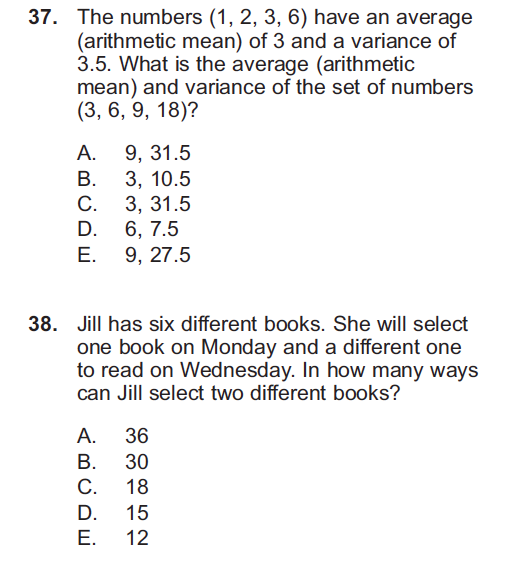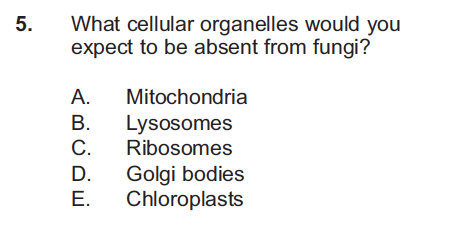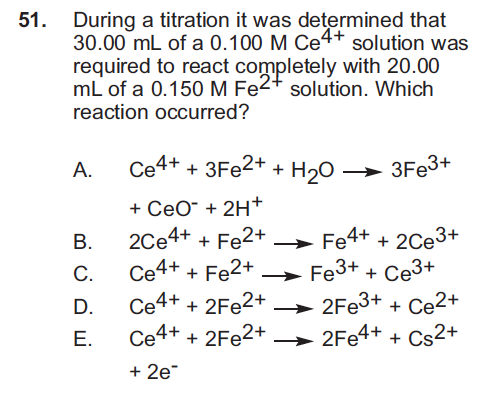*NOTE: ADA decided not implement these changes after all. From the website: “Please note that all DAT content changes indicated in Volumes 4 and 5 of the DAT Newsletters will no longer be implemented. This includes changes to the Biology, Quantitative Reasoning, and Critical Thinking sections.”
The American Dental Association aka the ADA announced changes coming to the DAT in 2016. The key words to the upcoming changes are Critical Thinking!
To be clear, these DAT changes will go into effect in 2016
so if you’re taking the test this year, no worries.
The ADA will be looking at assessing not only your knowledge of the section subjects like natural sciences and reading comp but soon your critical thinking skills as well. In their own words on the addition the ADA states,

Instead of adding an entirely new additional content section, critical thinking skills will be assessed by embedding higher cognitive processing requirements within the Quantitative Reasoning Test (QRT) section!
Within the QRT section, Critical Thinking will be covered in the following areas…
– Data Analysis, Interpretation, and Sufficiency (NEW)
– Quantitative Comparison (NEW)
– Probability and Statistics (more items)
As stated in our Quantitative Reasoning Section Breakdown post these are the current topics covered in the section…
– Algebra
– Numeric calculations
– Conversions
– Probability and Statistics
– Geometry
– Trigonometry
The ADA will give a further detailed outline in the 2016 DAT Guide so we’ll be sure to cover the QRT changes more in detail when it’s released.
The ADA also announced is a new test for advanced dental degrees called the Advanced Dental Admission Test (ADAT). This test will be for current dental students in their 3rd or 4th year or current dentists interested in postgrad training or degrees.
Since we’re more concerned with the Dental Admission Test right now we’ll worry about this test later.
That’s all for now DAT testers.
Remember to keep up the hard work with DAT Cracker because with these changes the DAT is only getting exceedingly more strenuous!
Happy Practicing!























